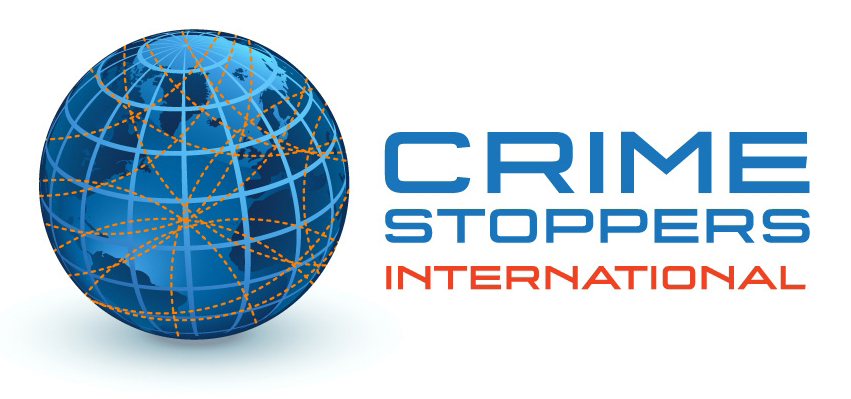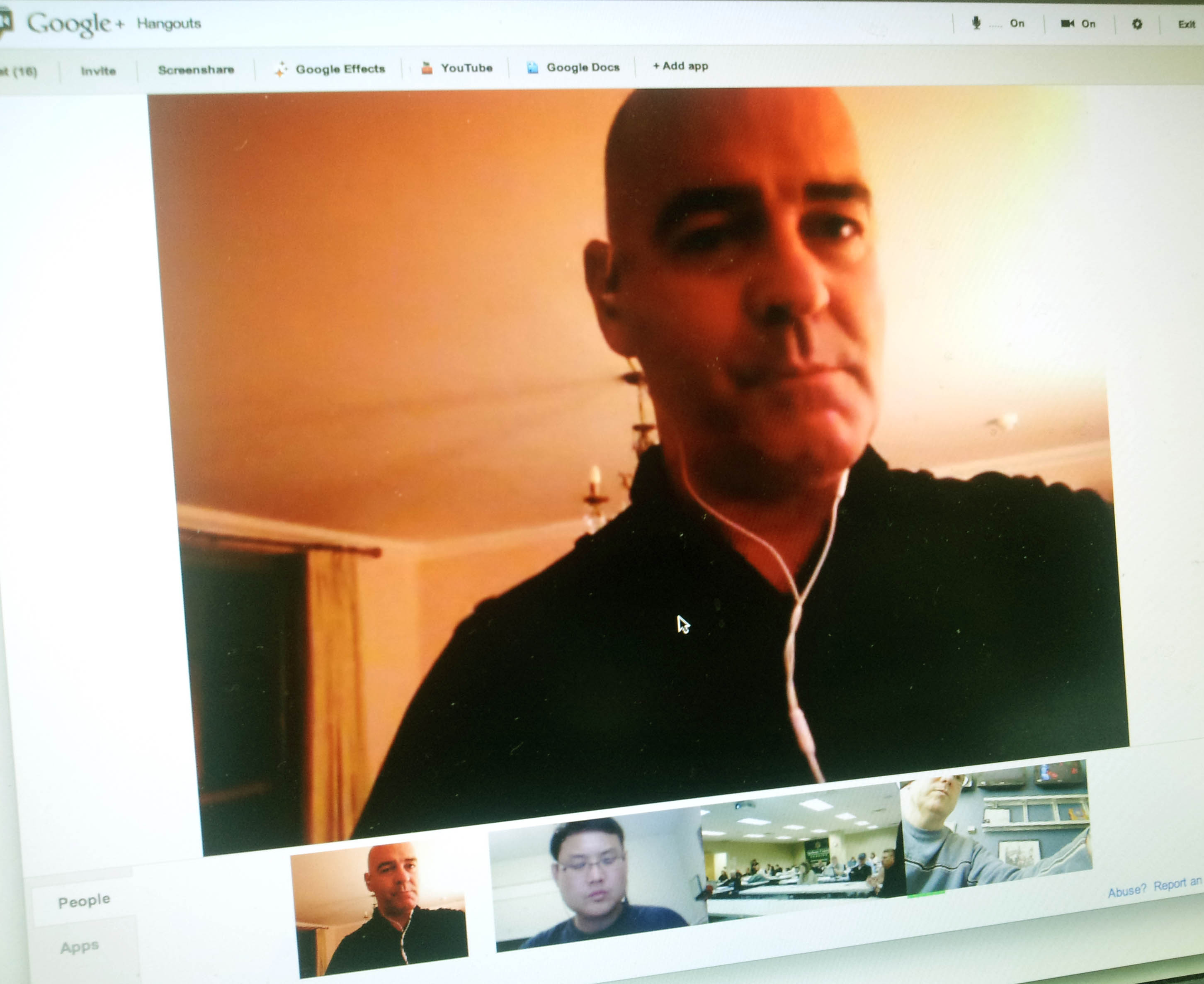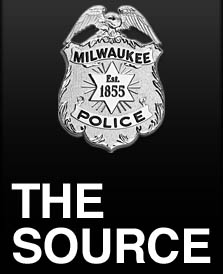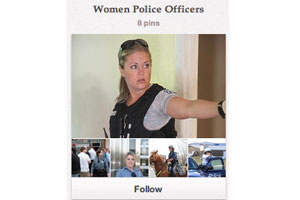According to an old English proverb, A man is known by the company he keeps. On Facebook, some police officers are keeping company they wouldn’t otherwise keep. Some officers, the same ones who guard themselves, their families and colleagues diligently day in and day out are behaving as though they’ve forgotten they work in one of the most dangerous professions there is.
On Facebook, the tables have been turned on law officers. All those social engineering techniques police investigators do to ferret out pedophiles and gang-bangers with fake profiles in social media are also being used by cop haters to gain intelligence about cops. People who would want to harm police officers are creating profiles to look like cops, and officers are friending them in the same way they’d have a buddy over for dinner, opening the front door and saying “come on in”.
There is no telltale sign that a profile on Facebook that appears to be a police officer is not really a police officer. It’s a combination of things that gives us reason to believe a profile might be phony. But those same reasons might also be interpreted as signs of a cop trying to protect his identity. Things like vague references to one’s employer, a profile photo depicting an eagle, the flag or even Jesus, are all prevalent on these fake profiles. Look at the photo albums and there are rarely photos of real people. Instead we see images including cartoon characters, logos, random military and police photos.
One profile we know to have been fake is that of “Ron Swalows”. Have your laugh at the name and then, please take this seriously. It’s a believable cop profile because in this case, there’s a photo of a real cop in uniform.
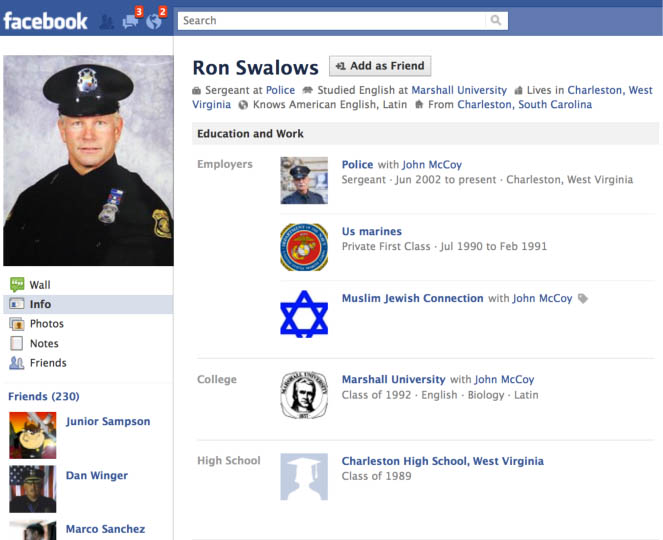
Close inspection will show (look just under his name) that he works for “Police”. Upon clicking on that link we saw a wikipedia-looking page defining a police officer rather than a link to a department page. Facebook told me how many mutual friends we had. I emailed a couple of those friends, real friends I know in real life that are law officers. I emailed them to ask what they knew about Mr. Swalows. Their response was along the lines of “I don’t know him but he posts all the time in a group I’m in and he seems like a really nice guy”. Folks, that’s part of the ruse. Isn’t that what you do when you’re pretending to be a 15 year old hottie with cleavage who likes bad boys?
The only way we knew for certain that this profile was fake was because we saw that the photo used was that of Larry Nehasil, an officer who was gunned-down in Livonia, Michigan in January of 2011. Here’s Officer Nehasil’s profile on the Officer Down Memorial Page.
These people are learning a lot about the cops who friend them, as well as their colleagues and family members. It sure would be easy to learn an officer’s kids’ names and where they go to school or take karate lessons. I’m extremely concerned for three reasons. By friending a cop, they gain:
1. Access to a law officer’s personal information
2. Credibility to your Facebook friends so they, in turn, friend them too
3. Legitimacy and therefore, entry into private groups on Facebook, gaining valuable intelligence you really don’t want them to have
The only way to guard oneself from these predators – and they are predators – is to be absolutely certain that everyone you friend on Facebook is someone you KNOW is real. They may not be holding a gun to your head but that doesn’t mean they aren’t wishing to harm you just because you wear a uniform. It also doesn’t mean that they’re not just as dangerous as a loaded round headed in your direction. Rest assured there is no Kevlar vest to protect you on Facebook. Your only protection is not to act carelessly. You must keep your guard up just as you are trained to do on the job.












